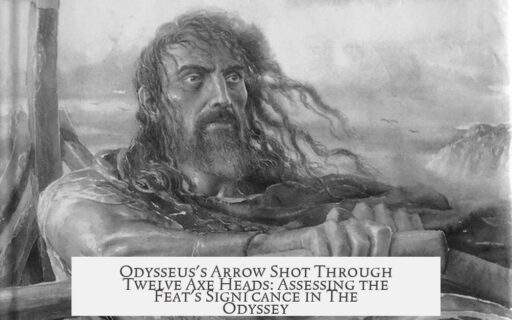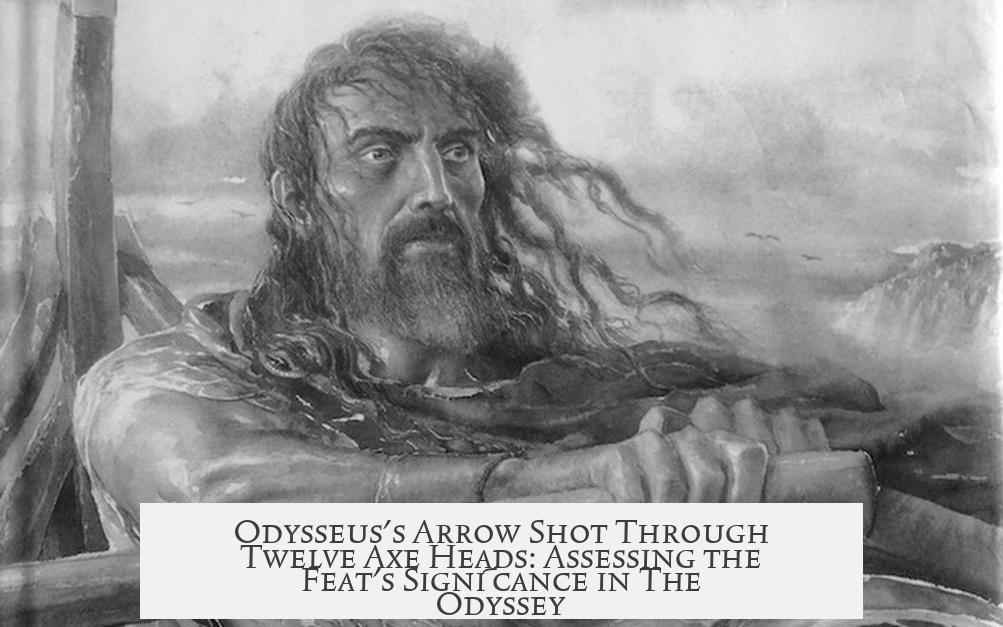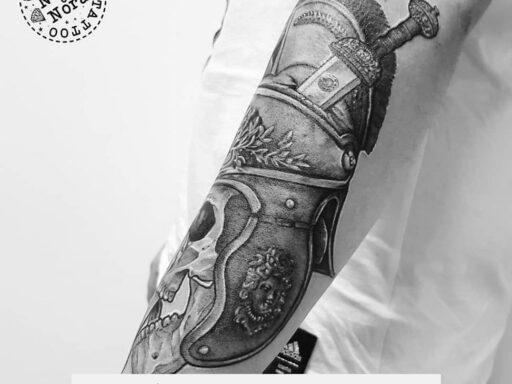In the Odyssey, Odysseus’ feat of shooting an arrow through twelve axe heads is portrayed as an extraordinary challenge, but contemporaries saw it as less about marksmanship and more about physical strength and rightful authority.
The contest occurs in Book 21, where Penelope sets a test for her suitors involving Odysseus’ bow. The suitors struggle primarily with stringing the bow, a task requiring immense strength and skill. Many cannot even draw the bow, showing their inadequacy. Thus, the real challenge lies in wielding Odysseus’ bow rather than simply shooting accurately through the twelve axe heads.
Scholars debate the exact nature of the feat. It remains unclear whether the arrow pierced through the solid metal of the axe heads or passed through aligned holes, often called “eyes,” in the axes. This uncertainty affects the perceived difficulty of the shot. Regardless, Odysseus alone accomplishes the task, demonstrating his exceptional ability.
Beyond physical skill, the contest carries deep symbolic meaning. It tests not only strength but recognition of rightful authority and social order. The suitors represent chaos and usurpation in Odysseus’ household, while Odysseus and his son Telemachus embody restoration of paternal and societal order. Telemachus’ participation and eventual survival highlight recognition of Odysseus’ legitimacy.
Importantly, the feat does not conclusively prove Odysseus’ identity. That confirmation comes later through the “bed trick,” a more personal and intimate sign recognized only by Penelope and Odysseus. The archery contest sets the stage for reclaiming his place but is part of a broader narrative about reclaiming power and order.
- The primary difficulty was stringing Odysseus’ powerful bow, not just shooting through axe heads.
- The exact nature of shooting through axe heads—metal piercing vs. passing through aligned holes—is uncertain.
- The contest symbolizes authority restoration, not merely archery skill.
- Odysseus’ identity is confirmed later, not solely by the archery feat.
How Outstanding Was Odysseus’s Arrow Shot Through Twelve Axe Heads in The Odyssey?
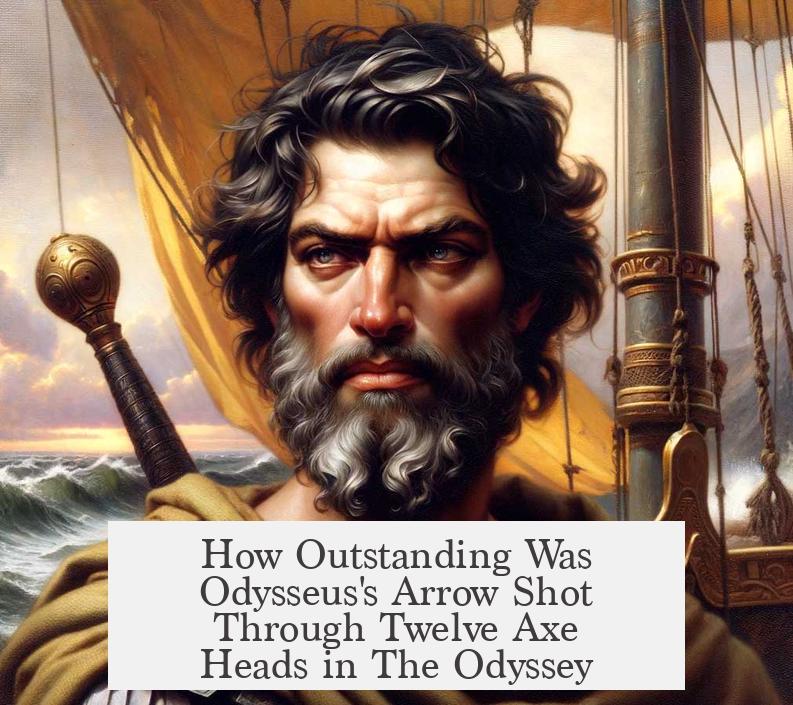
Odysseus’s feat of shooting an arrow through twelve axe heads is indeed seen as an extraordinary feat, but not just because of the sheer marksmanship. In the contemporary mindset, the real challenge lies in stringing Odysseus’ mighty bow, which requires immense strength and rightful authority, making the shot a powerful symbol more than just a physical stunt.
Let’s unpack this epic moment with a fresh lens, navigating through the ancient text—and a bit of modern debate—to appreciate just how remarkable that contest was in its own time.
What Exactly Did Odysseus Need to Do?
First off, the task is often misinterpreted. Was Odysseus supposed to fire an arrow that pierced through twelve solid metal axe blades? That sounds like something out of a superhero comic. The answer is, not quite.
Most scholars today believe the contest involved shooting an arrow through the aligned holes—or “eyes”—of twelve axes stuck in a row. This means the bowman’s job is to aim perfectly so the arrow passes through tiny openings rather than trying to cleave through metal.
This subtlety matters. It changes the nature of the challenge from raw power to high precision.
One translator, u/xaxers, argues the arrow does actually pass through the axe eyes. Others, like the famous translator Robert Fagles, have slightly different views. The uncertainty remains, but this likely represents a difficult test of accuracy rather than brute force.
Why Was This Feat So Difficult for the Suitors?
Here’s the trick: the twelve axe heads challenge is almost a secondary issue. The real hurdle contemporary audiences (and characters in the story) focused on was the jaw-dropping strength needed to string Odysseus’s bow.
This bow wasn’t an ordinary piece of equipment. It required superhuman power to even draw the string back. Most suitors couldn’t manage this — even before taking a shot.
In fact, the contest’s tension builds around who can wield the bow properly. Marksmanship, ironically, is less of a barrier compared to the strength and mastery required to string the weapon.
So when the suitors clumsily fail to string it, their weakness becomes glaringly obvious. It shows they’re not fit to claim Odysseus’s place, power, or Penelope’s hand. This is the ancient equivalent of failing a “manhood test”—though thankfully without social media videos.
The Feat as a Symbol of Authority and Social Order
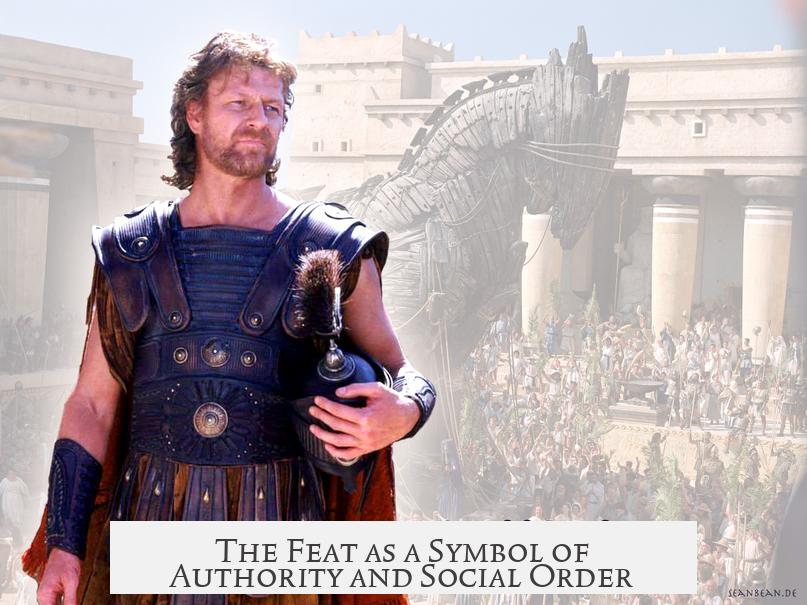
Did this contest simply test physical skill? Not really.
The bow contest has layers of meaning. Penelope declares that whoever strings the bow and shoots successfully will marry her. This competition isn’t only military or athletic; it embodies a social and political struggle.
Telemachus, Odysseus’s son, competes but ultimately bows out, subtly acknowledging his father’s rightful authority.
The suitors then represent chaos and disrespect, acting as figurative “sons” contesting for control over Penelope—the family home and Ithaca itself. Their failure isn’t merely personal; it’s a symbol of societal disorder.
By successfully shooting the arrow, Odysseus reclaims his position as head of the household and rightful leader. He restores the social order and punishes the suitors symbolizing a return to proper family and political hierarchy.
Interestingly, some readers spot Freudian undertones in the way the bow is “lubricated” before stringing—a subtle nod to the underlying themes of power and potency.
Does Stringing and Shooting the Bow Prove Odysseus’s Identity?
Good question—and the answer is no, not entirely.
The bow contest is a dramatic step toward reclaiming Odysseus’s status, but the ultimate proof of his true identity comes later with the famous “bed trick.” This test involves intimate, exclusive knowledge about the bed that only Odysseus and Penelope share.
So while the feat is mighty impressive and symbolically rich, it’s one part of a larger narrative puzzle that proves who Odysseus really is.
So, How Outstanding Was This Feat, Really?
- Physically challenging: The strength to string the bow is extraordinary, which only Odysseus possesses.
- Technically demanding: Shooting accurately through twelve aligned axe heads requires sharp skill.
- Symbolically powerful: It confirms rightful authority and restores social order.
- Culturally significant: It exposes the suitors’ shortcomings and reasserts the family hierarchy.
Modern archery experts admit they don’t know a real-world equivalent for such a feat, especially the strength needed to string the bow. However, the marksmanship component—though impressive—is not unattainable by itself. The combined test is what makes it legendary.
Imagine trying it at your local archery range: string a mythical bow with massive tension, then hit twelve tiny aligned holes in a row. Sounds like a nightmare challenge, right?
Why Should We Care About This Ancient Challenge Today?
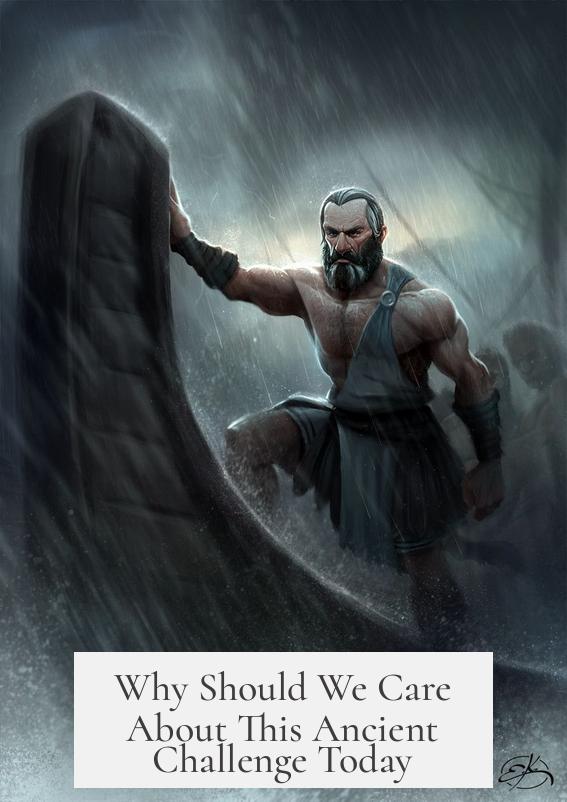
It’s tempting to view this feat as “just a story,” but it reveals timeless truths about power, legitimacy, and justice. Stories like The Odyssey teach us how societies define leadership and test loyalty—even if in more subtle, less violent ways today.
Plus, the contest reflects the idea that true authority combines strength with skill. No mere braggart or pretender will pass the test. The suitors’ failure reflects moral and social decay—and reminds us that power demands responsibility.
At its core, the axe-head feat is about **being worthy of one’s role**. That’s a lesson as relevant now as it was 3,000 years ago.
Final Thoughts
Odysseus’s arrow through twelve axe heads is one of those legendary moments rich in drama and meaning. It’s less about raw archery skill and more about rightful power, strength, and social order. So the next time you hear this story, remember: it’s about more than hitting tiny targets. It’s about reclaiming what’s justly yours, the ancient way.
